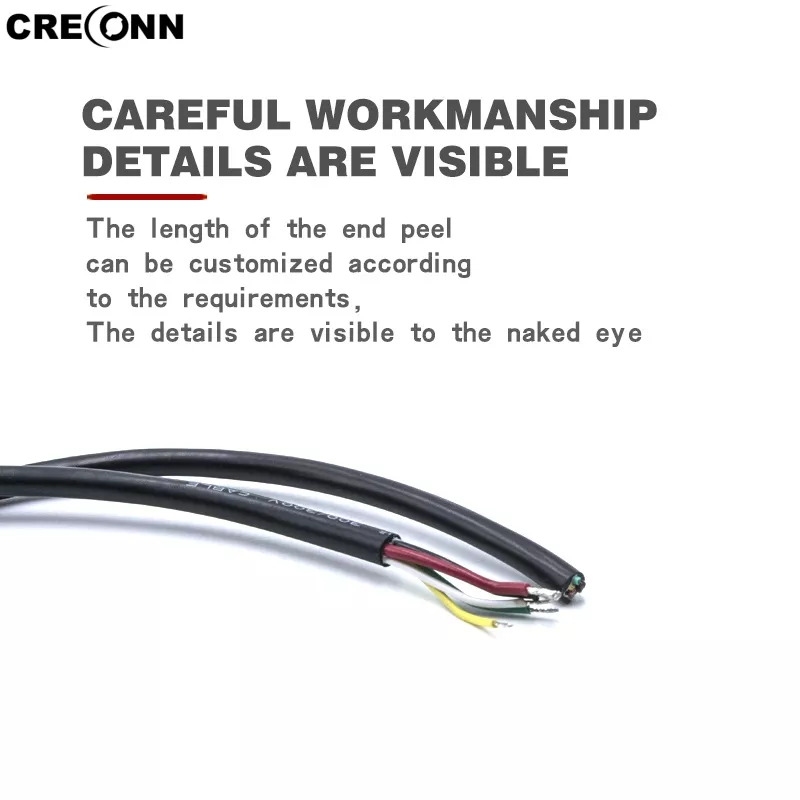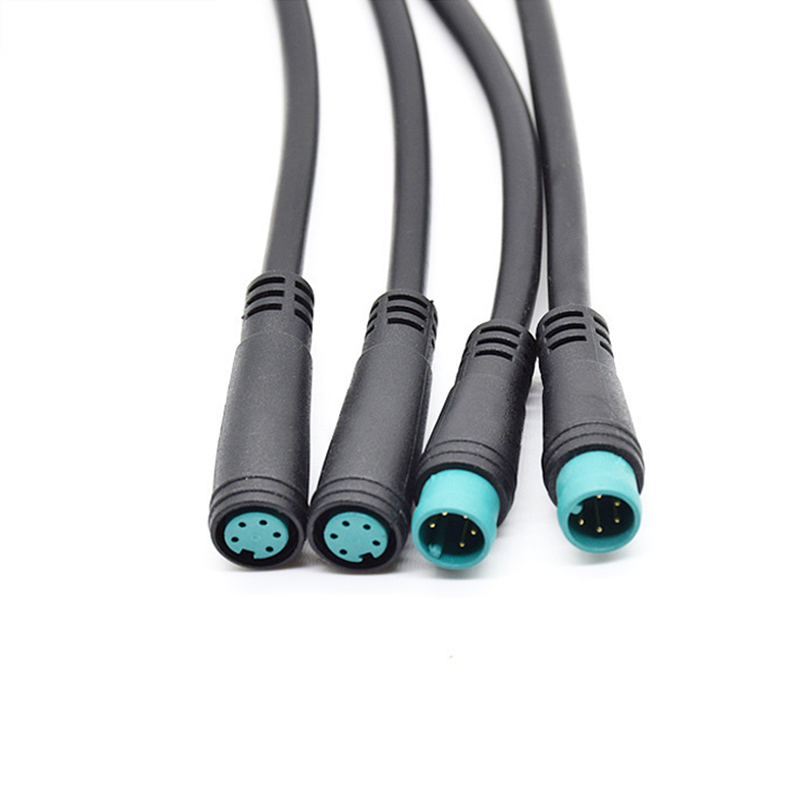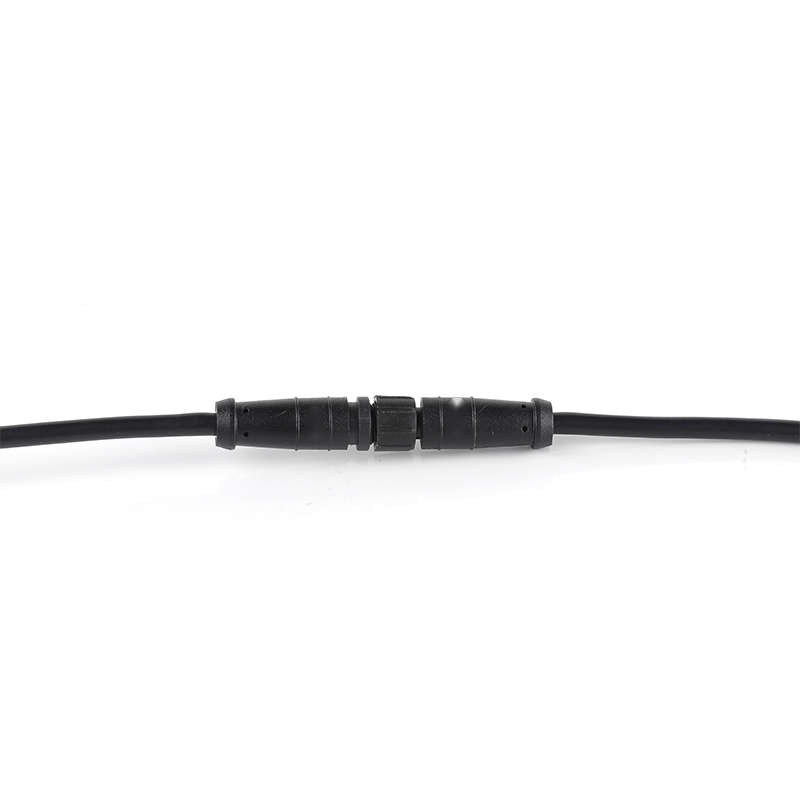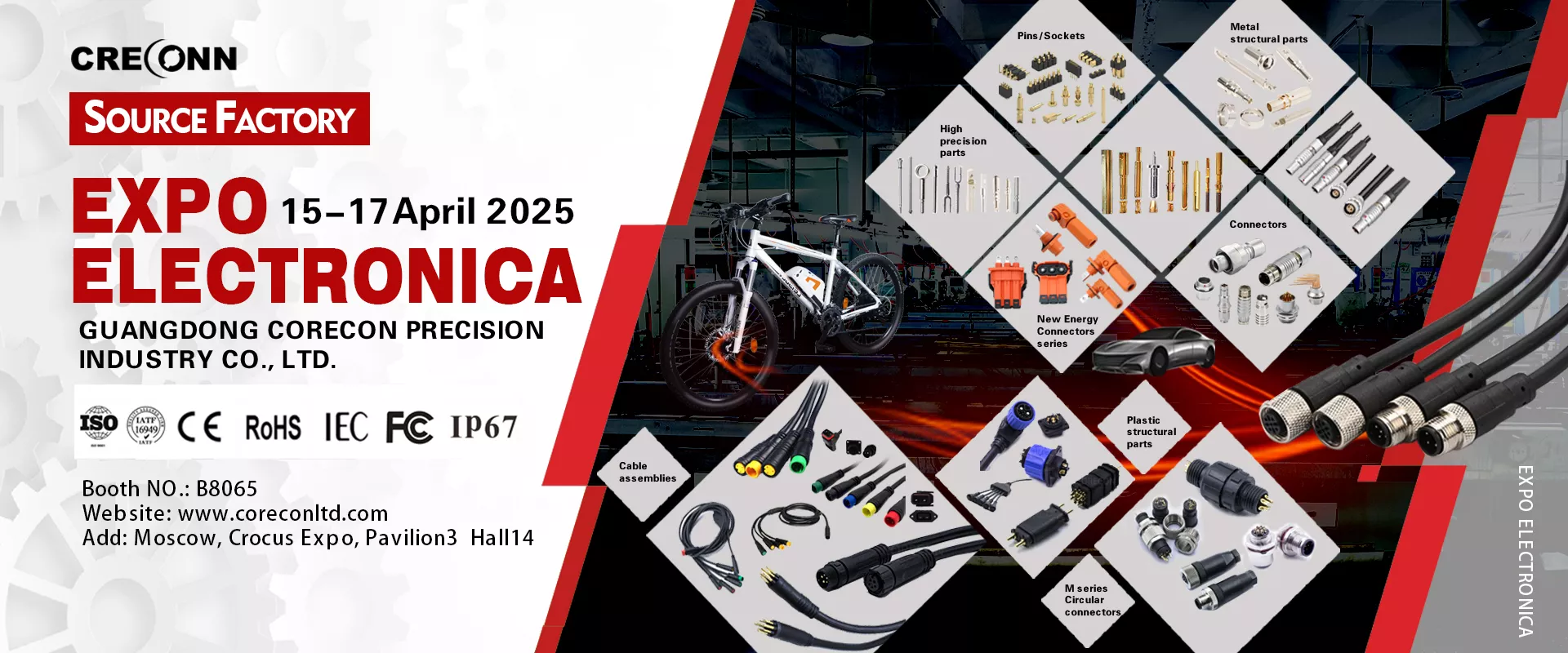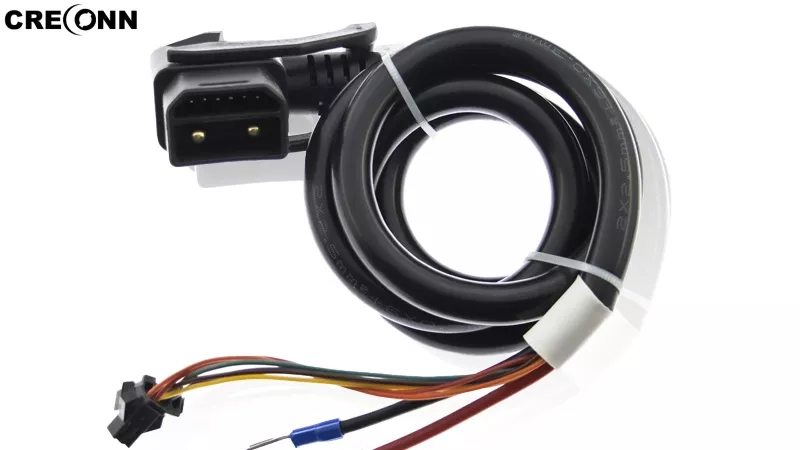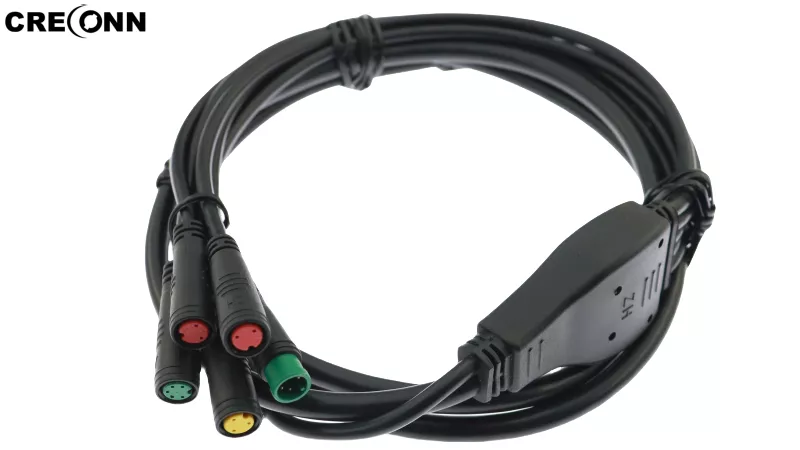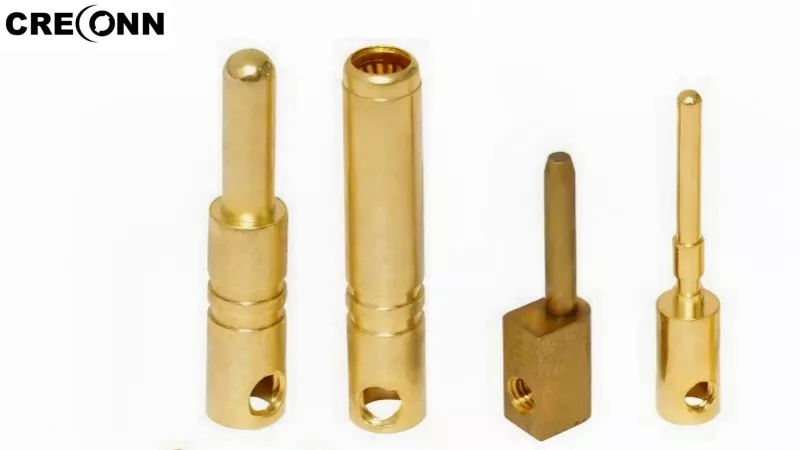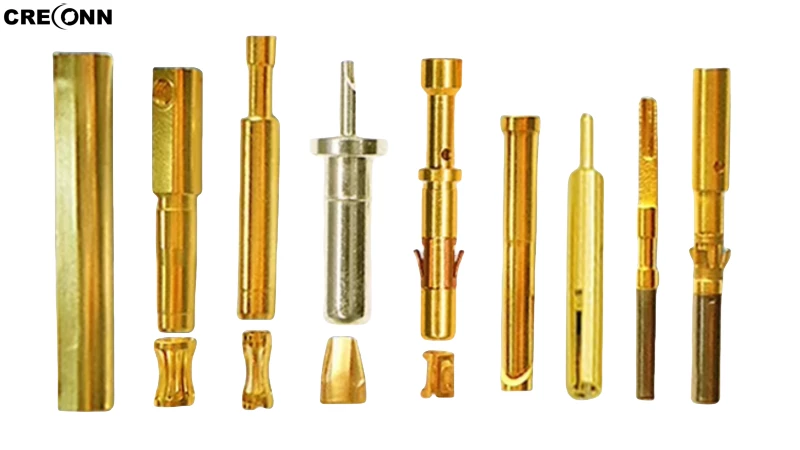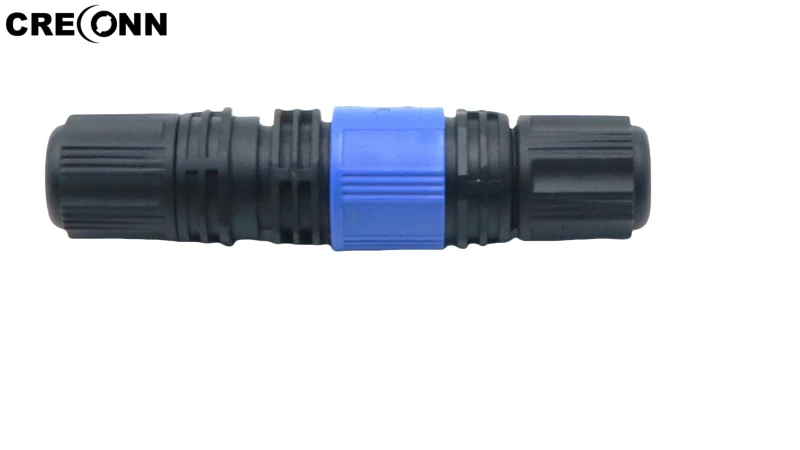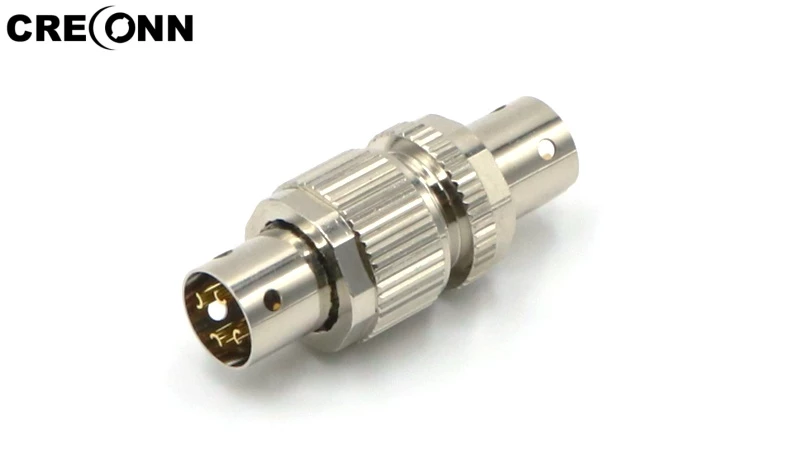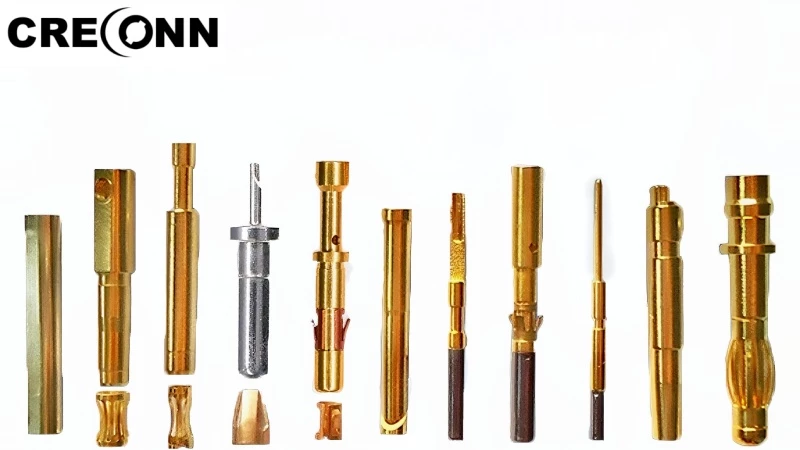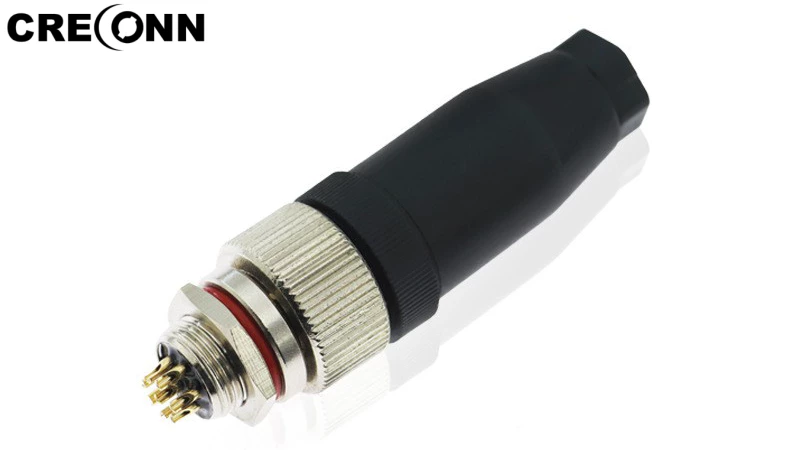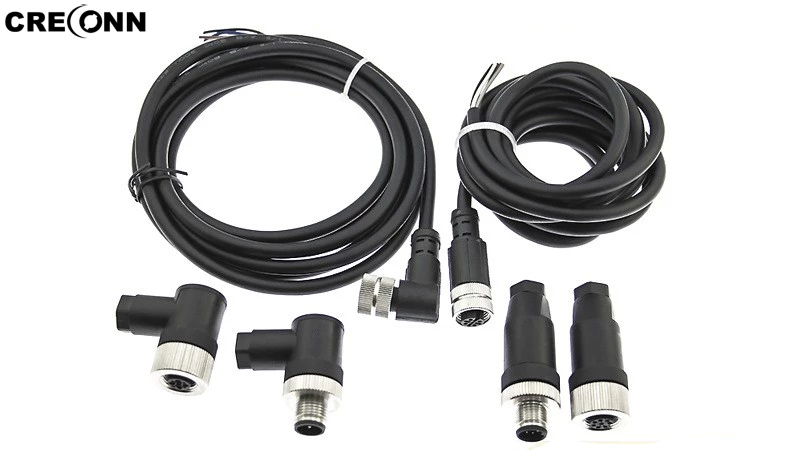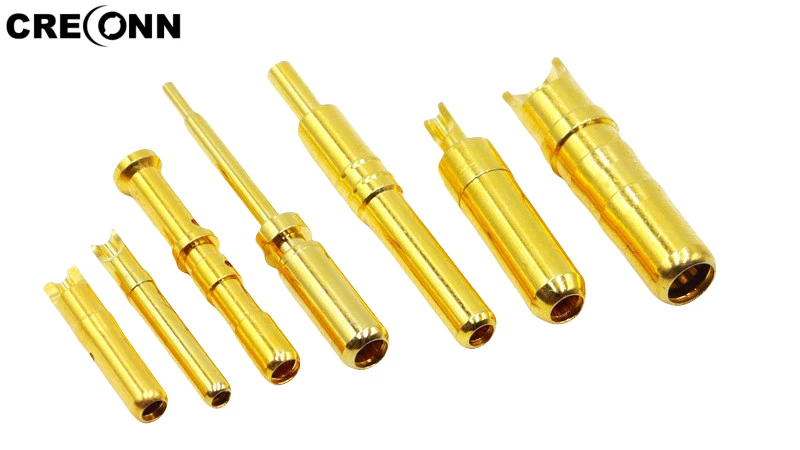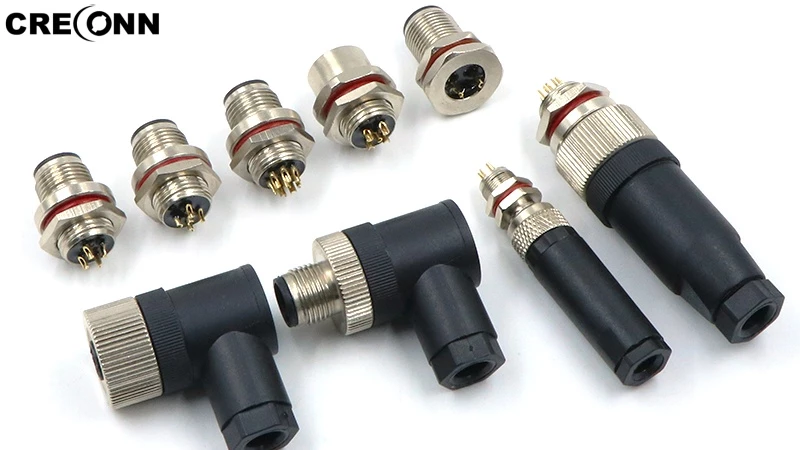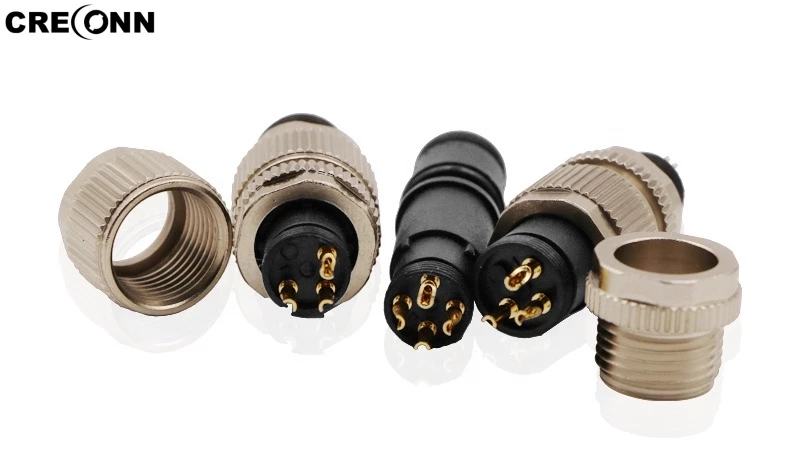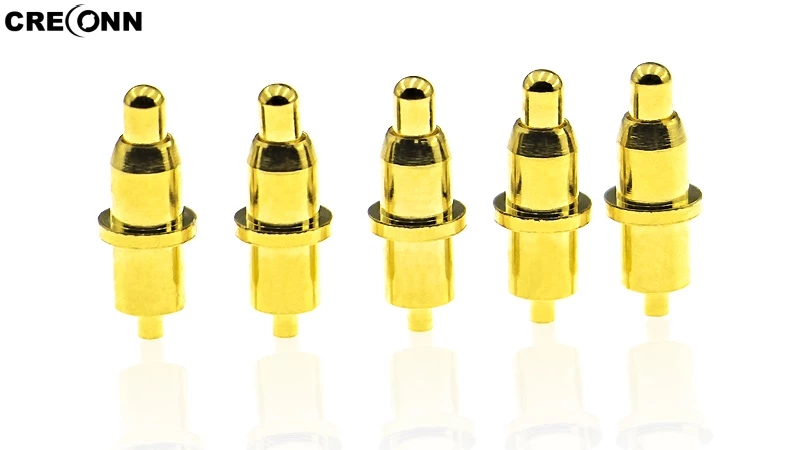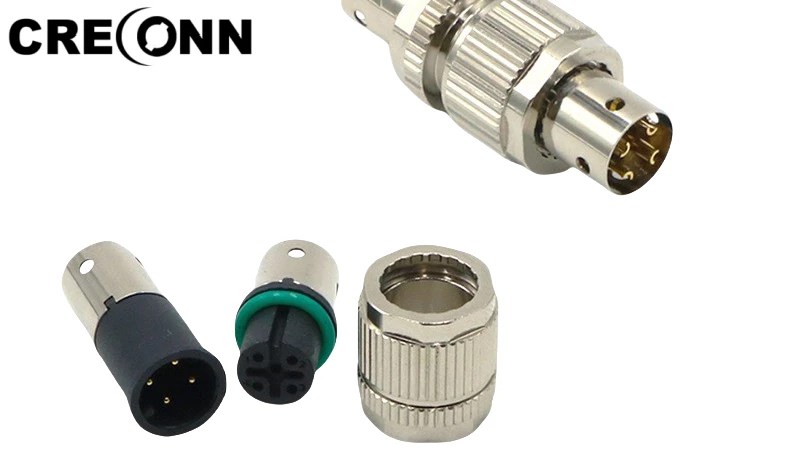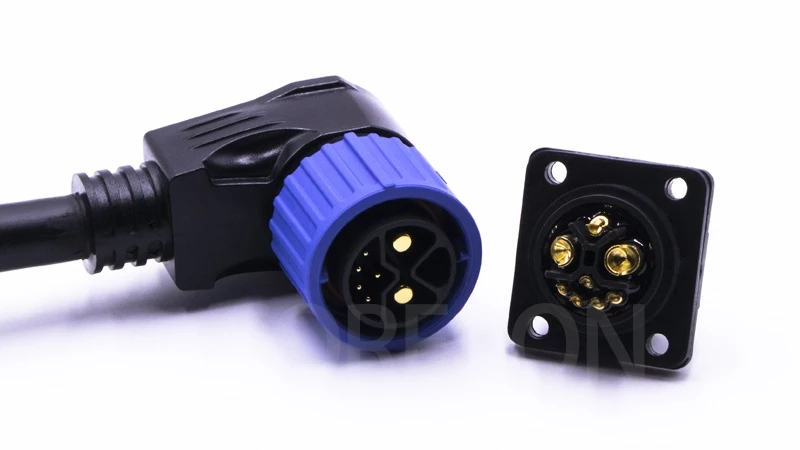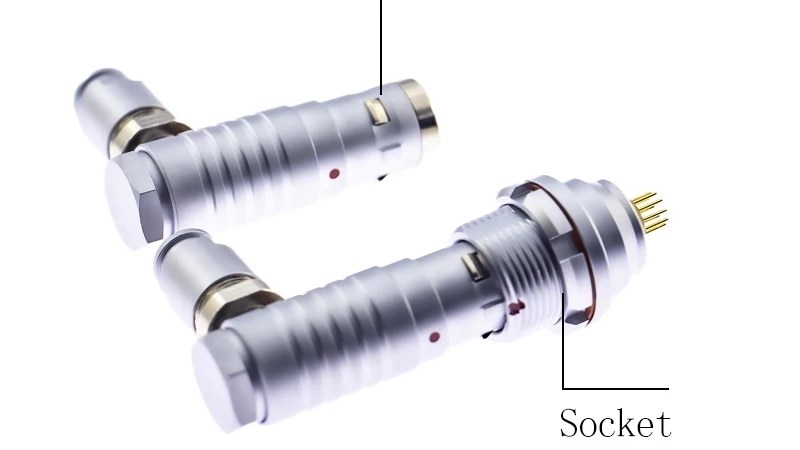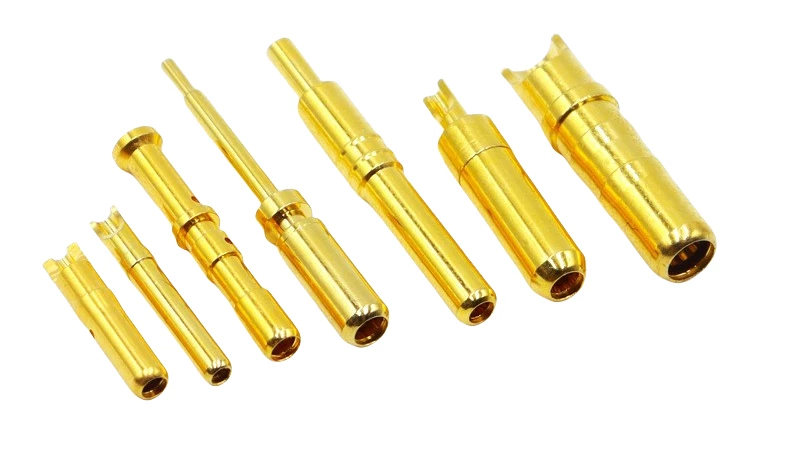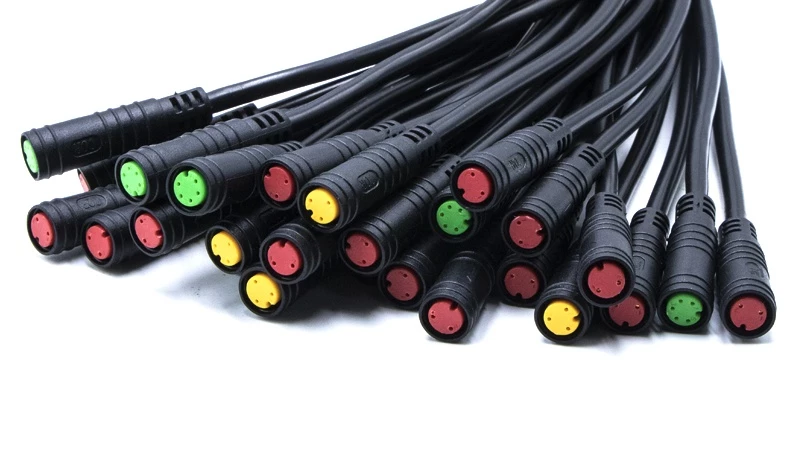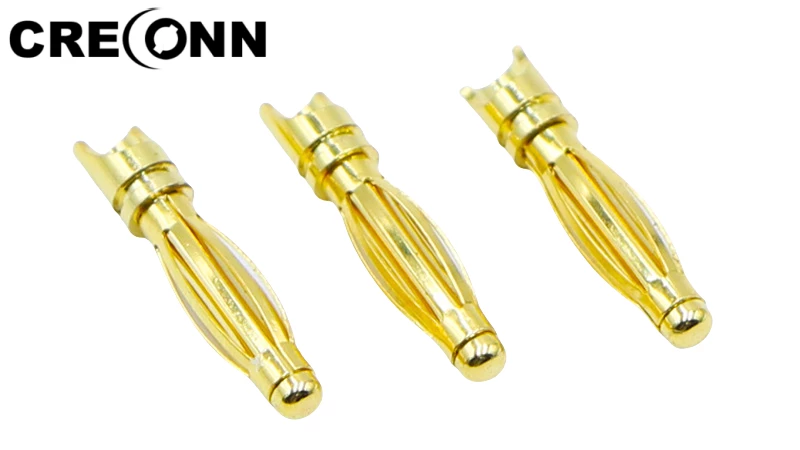What are the Differences between PE and PVC Wire Harnesses?
What are the Differences between PE and PVC Wire Harnesses?
There are several differences between wire harnesses made of PE (polyethylene) and PVC (polyvinyl chloride) materials across multiple aspects:
Material Properties: PE is non-toxic, odorless, lightweight, and boasts excellent electrical insulation, wear resistance, low-temperature resistance, and chemical corrosion resistance, making it suitable for high-insulation applications. However, it has lower mechanical strength and poor resistance to temperature fluctuations. PVC is affordable, flexible, fire-resistant, oil-resistant, and resistant to acid-base corrosion, but it hardens at high temperatures and becomes brittle at low temperatures, with some low-end products containing harmful substances.
Applications: PE is used in high-voltage cables, food/drug packaging, and medical devices, while PVC is common in cable insulation, especially where fire resistance is required, and in pipes, sheets, and films.
Processability: PE has good flowability and is easy to process via extrusion. PVC is also easily processed via extrusion and injection molding.
Environmental Impact: PE is more eco-friendly, passing ROHS tests, whereas some PVCs contain harmful additives.
Weatherability: PE has average weather resistance, while PVC fares better but ages under prolonged sunlight.
Cost: PE is relatively affordable, while PVC is economical, though eco-friendly versions may cost more.
Temperature Range: PE operates from -40°C to 80°C, while PVC functions from -20°C to 60°C.
Guangdong Corecon Precision Industry Co., Ltd. aims to be your reliable partner in pin and socket manufacturing. Our professional team stands ready to support you, driving your business forward. Choose Corecon for a trustworthy partnership and a brighter future. Contact us for inquiries or more information.
